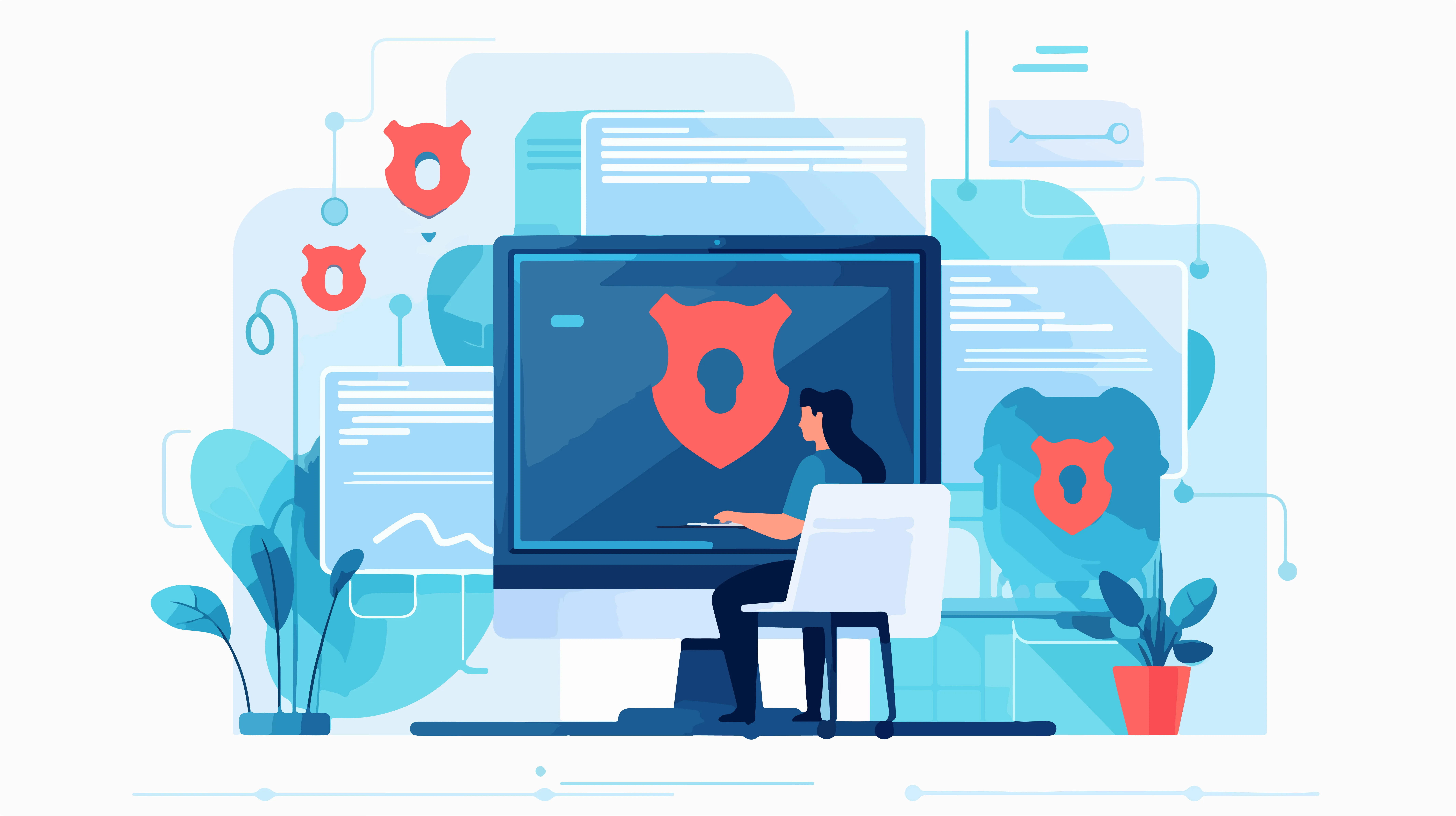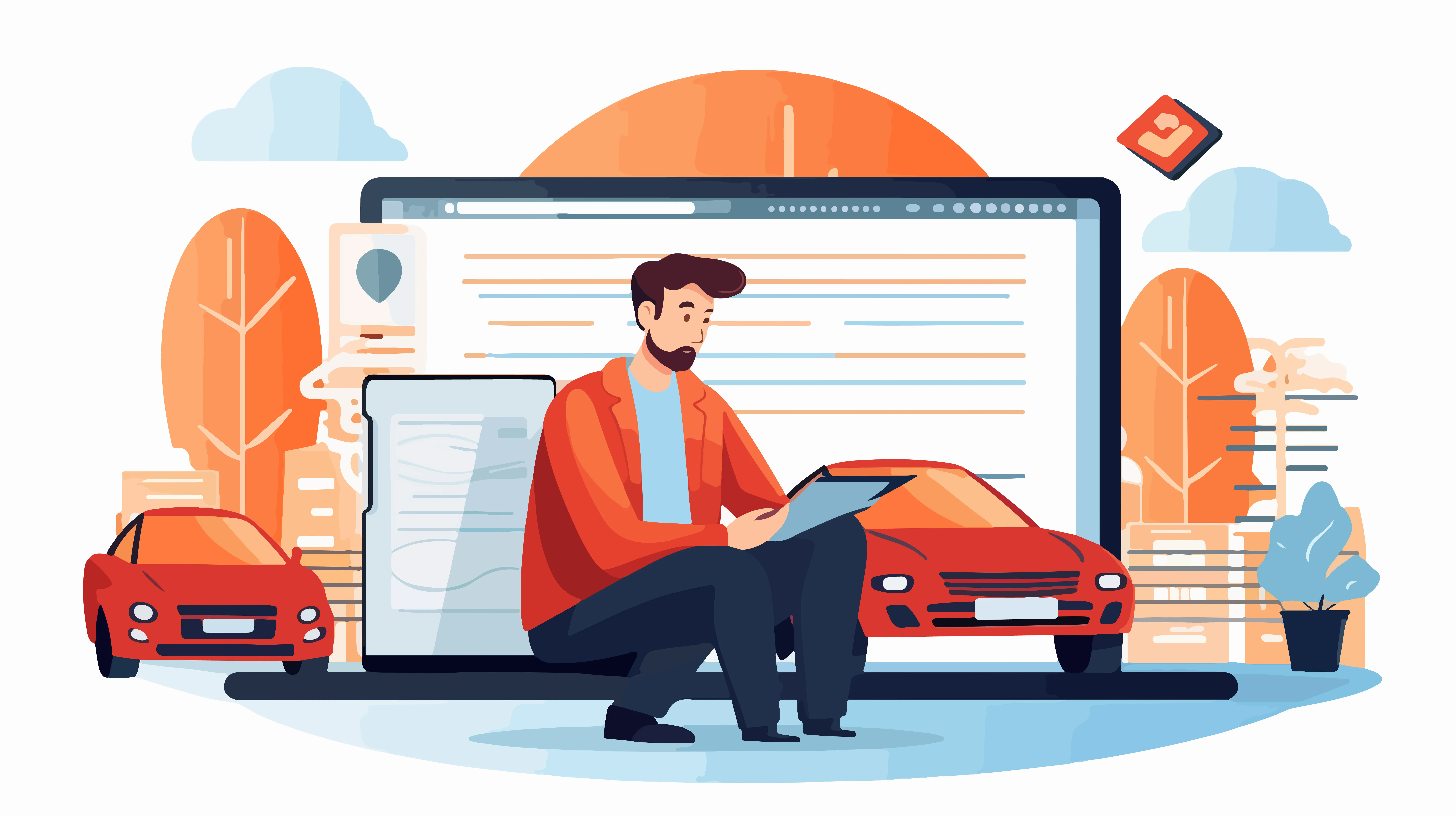Cyberattacks have changed a lot over time. Back in 1988, one of the first major attacks—the Morris worm—accidentally caused parts of the internet to crash. Since then, cyber threats have become much more advanced and targeted. Today, many organizations are facing frequent and complex attacks, and often, they don’t have enough resources or tools to properly protect themselves. At the same time, vehicles have also gone through major changes. In the 1970s, cars were mostly mechanical with very few electronic parts. But now, modern vehicles—especially connected and automated vehicles (CAVs)—are powered by software and digital systems. These advanced features bring many benefits, like convenience and safety, but they also open the door to new cybersecurity risks.
The Digital Revolution in Connected Cars is one of the leading conferences organized by World BI. It brings together top experts in cybersecurity who work directly with real-world cyber threats in the automotive industry.
CyberAttacks:
- Cyberattacks are harmful actions carried out by individuals or groups to damage, steal, or disrupt digital systems, data, and networks.
- These attacks can target anything from computers and software to internet-connected devices and entire systems.
When it comes to Connected and Automated Vehicles (CAVs), cyberattacks can be extremely dangerous. In the worst cases, they could even lead to accidents that cause injury or loss of life.
- One big concern is that launching a cyberattack is often much cheaper and easier than the damage it can cause.
- A hacker might use low-cost tools to break into a system, but the consequences for companies or people can be very serious—impacting safety, privacy, finances, and even public trust.

- If hackers gain access to the software in these vehicles, it can lead to serious problems.
- This could include threats to the safety of passengers, loss of personal data, and even broader impacts on public trust and infrastructure.
Cybersecurity:
- Cybersecurity refers to the methods, tools, and practices that organizations use to protect their digital systems and information from cyber threats.
- It helps safeguard important areas like private data, financial resources, company reputation, business operations, and decision-making processes.
- A key part of cybersecurity is protecting the confidentiality (keeping information private), integrity (keeping information accurate and unchanged), and availability (making sure information and systems are accessible when needed) of digital assets.
In the automotive industry, it’s very important to build cybersecurity into every stage of a connected vehicle’s life—from design and development to production and maintenance. By doing this, automakers can make vehicles stronger and more resilient against cyberattacks, helping to protect passengers, data, and the wider community.
Risk
Risk is the possibility that something bad could happen that affects an organization’s digital systems. It’s usually measured in two ways:
- How likely it is that a harmful event will happen.
- How serious the consequences would be if it does happen.
Cyber Risk
- Cyber risk is a specific type of risk. It refers to the chance that a cyber threat—like a hacker or a virus—will take advantage of weaknesses in an organization’s digital systems or data.
- If this happens, it can cause serious problems like data theft, financial losses, safety risks, and damage to the organization’s reputation.
In the case of connected vehicles, this is especially important.
- These vehicles rely on software and communication systems, which can be targeted by cybercriminals.
- To keep them safe, companies must carefully examine and understand all possible risks. This means doing a complete cyber risk analysis—looking for weaknesses, figuring out how likely it is that someone could attack them, and deciding what damage could be done.
- By identifying and addressing these risks early, automakers and tech providers can make connected vehicles much safer and better protected against cyber threats.
Automotive Cybersecurity Best Practices
To prepare for cyber threats in the automotive industry, having a clear incident response plan is essential. Here are some best practices to help protect vehicles:
1. Secure Coding and Risk Assessments
Follow industry-standard coding practices and review systems to identify weaknesses. Regularly assess risks to spot vulnerabilities and take action to minimize them.
2. Strong Authentication and Software Updates
Use strong authentication, like biometric or multi-factor authentication, to protect vehicle systems. Regular software updates patch weaknesses and reduce cyber risks.
3. Collaboration with Security Vendors and Intrusion Detection
Work with security vendors to strengthen your system’s defenses. Use intrusion detection systems to monitor for suspicious activity and prevent attacks before they happen.

4. Cybersecurity Across the Vehicle Lifecycle
Ensure cybersecurity is part of every stage in vehicle development—from design and testing to deployment and maintenance. This helps reduce risks and increases overall security.
5. Expert Training and Best Practices
Invest in cybersecurity training for employees and follow best practices from organizations like NHTSA, ISO, and SAE to stay up-to-date on security measures.
6. Compliance with Regulations and Standards
Follow cybersecurity regulations like the FTC’s Safeguards Rule and use standards like ISO/SAE to protect connected vehicles throughout their life cycle.
7. Emerging Technologies and Employee Awareness
Use technologies like block-chain to enhance security and provide ongoing employee training to raise awareness about cybersecurity risks.
World BI Connected Cars Conferences:
To protect these vehicles from cyberattacks, it’s important to take a smart and complete approach. That means understanding which parts of the vehicle's software are most at risk and focusing on protecting those areas first. By identifying, assessing, and managing these risks early on, we can greatly reduce the chances of successful cyberattacks and make CAVs safer for everyone. The Digital Revolution in Connected Cars is one of the leading conferences organized by World BI. At this event, you’ll have the chance to meet these professionals, learn from their experiences, and take part in important discussions about how to keep connected vehicles safe from cyberattacks. It’s a great opportunity to explore the latest technologies, challenges, and solutions shaping the future of automotive cybersecurity.